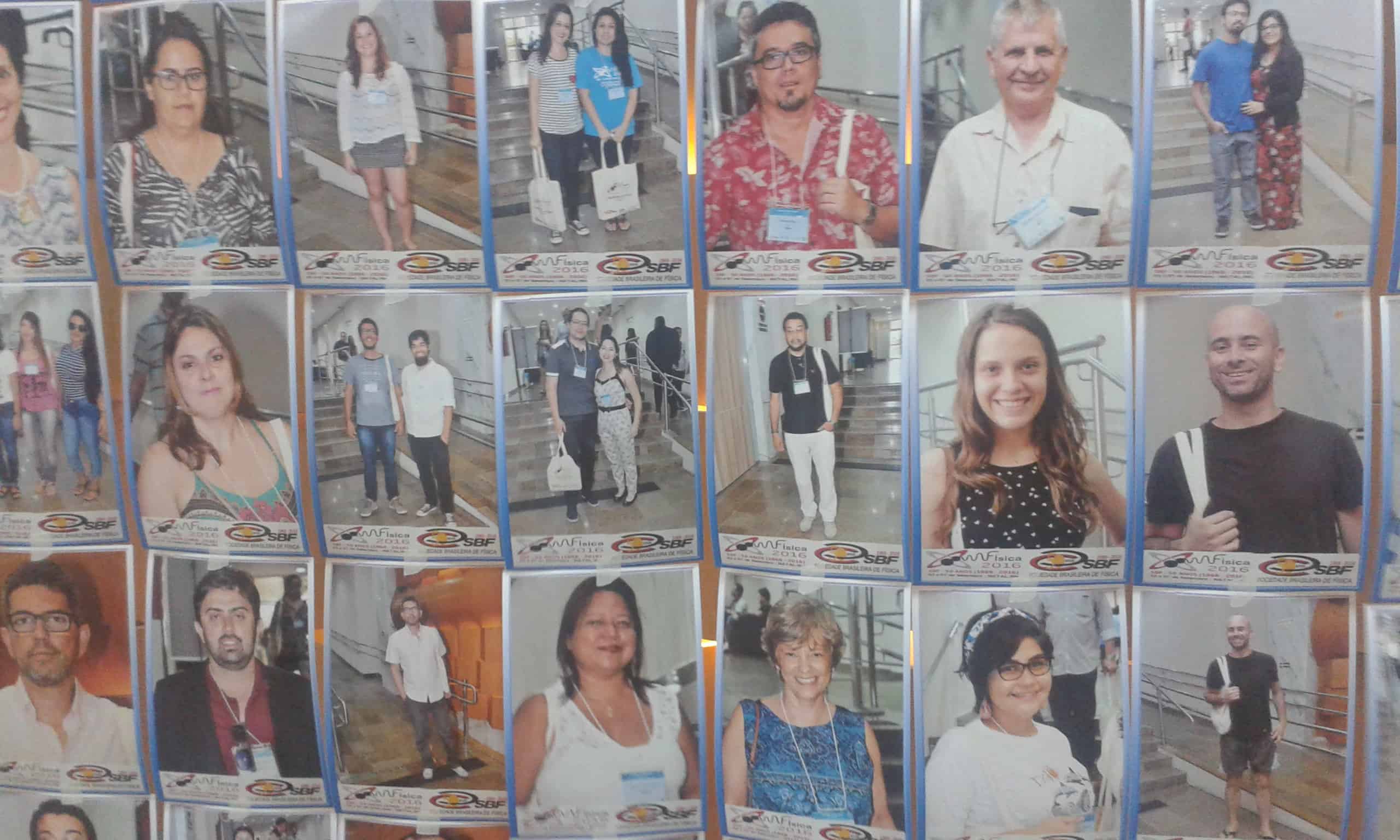
By Matin Durrani in Natal, Brazil
There can’t be many physics experiments to have been visited by members of not one, but two different rock bands. But then there’s something fundamentally captivating about the work of the ALPHA collaboration at the CERN particle-physics lab near Geneva, which is studying the properties of antimatter.
As Jeffrey Hangst from Aarhus University in Denmark revealed in his plenary talk at the 50th anniversary meeting of the Brazilian Physics Society (SBF) yesterday, the ALPHA collaboration has not only played host to a visit from legendary 1970s rockers David Crosby and Graham Nash, but in July also welcomed members of British alternative “space rock” outfit Muse while they were on a visit to CERN.
Quite why so many people find ALPHA’s attempts to trap and study antimatter so fascinating is not clear. As Hangst hinted to delegates at the SBF meeting, perhaps it’s Dan Brown’s Angels and Demons. Perhaps the idea of matter–antimatter asymmetry – that equal amounts of both were made in the Big Bang but there’s now hardly any antimatter around – is so captivatingly simple to grasp and explain. Or perhaps it’s just that the idea of making antimatter in the lab sounds cool.
I wonder if Hangst himself deserves some of the credit. As spokesperson of the 40-strong ALPHA collaboration, he showed at the SBF meeting here in Natal that he’s a master at explaining the team’s research. His plenary lecture on the first full day of the meeting was fantastic, full of gossipy anecdotes, experimental insights and intriguing details.
Hangst talked, for example, of having won various grants from the Carlsberg Foundation, which supports basic research. To honour that fact, he revealed that he’d made sure that the magnet in which the ALPHA team stores antihydrogen has the same aspect ratio as a can of Carlsberg beer. “Alpha and Carlsberg – probably the best antihydrogen experiment in the world,” Hangst joked, flashing up a photo of him, Crosby and Nash each raising a bottle of Carlsberg to the camera. (He said the photo had helped him to bag a further juicy €2m grant from the foundation.)
Hangst also claimed that former CERN boss Rolf-Dieter Heuer was “not happy” when ALPHA was awarded the Physics World Breakthrough of the Year award in 2010 for storing antihydrogen for the first time. It was the first year after the Large Hadron Collider had fired up and the implication was that CERN would have preferred it if we’d honoured their more mainstream experiments. (The discovery of the Higgs boson did go on to bag our 2012 award.)
But there was plenty of science in the talk to please SBF delegates too. The team’s ALPHA2 experiment is now going beyond just trapping antihydrogen, but using lasers to spectroscopically study its internal structure as well. The ALPHA collaboration – which includes researchers from the Universidade Federal de Rio de Janeiro here in Brazil – will in addition look at whether antimatter behaves differently to matter under the force of gravity.
As Hangst concluded, making, storing and studying antimatter has been a lifetime’s work but one that he’s relished. It was a risky effort and, had he not succeeded, Hangst might have ended up on the street following his other passion – playing the guitar. As he’s quite the showman, I reckon that even if he had ended up a busker, Hangst would have made a success of that endeavour too.
For more on Hangst’s work, listen to this Physics World podcast by my colleague Tushna Commissariat after her visit to the ALPHA collaboration last year.



